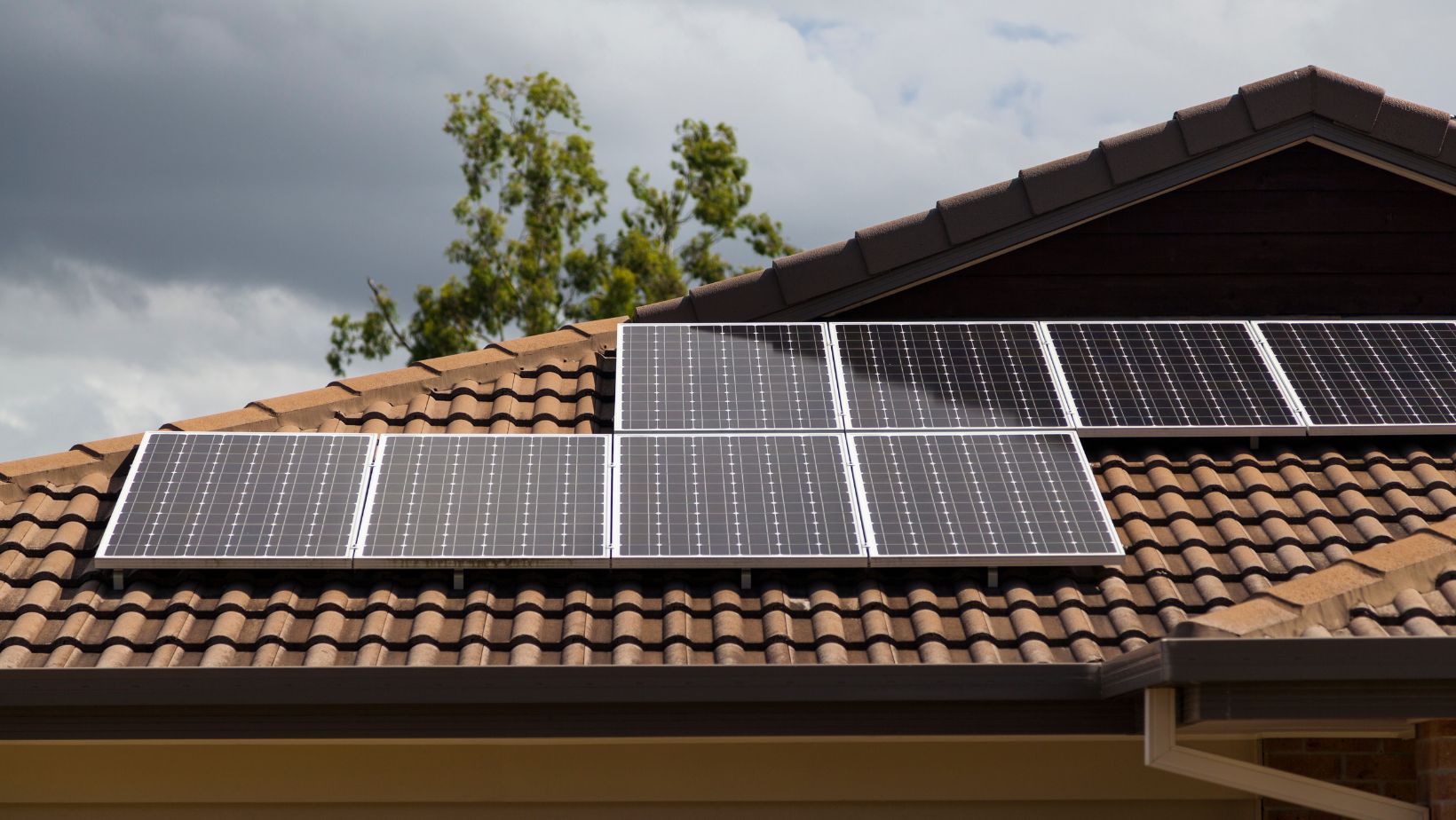The allure of off-grid camping brings an age-old challenge: balancing the freedom of the wilderness with our modern power needs. As outdoor enthusiasts venture further from civilization, reliable power sources become crucial for safety, communication, and comfort. Portable solar panels have emerged as a game-changing solution, offering independence without compromising environmental values. However, navigating the complex landscape of solar technology presents its own hurdles – from determining the right power capacity for your specific needs to ensuring safe operation in unpredictable outdoor conditions. This guide cuts through the technical jargon to help you make informed decisions about portable solar solutions. We’ll explore essential selection criteria, address common safety concerns, and provide practical installation advice, ensuring you can confidently power your next wilderness adventure while maintaining the serenity of your outdoor experience.
Table of Contents
ToggleUnderstanding Campers’ Solar Energy Needs
Modern camping experiences span a wide spectrum of power requirements, from minimalist backpackers charging essential safety devices to RV enthusiasts powering full-scale mobile homes. Weekend warriors typically need to keep smartphones, GPS devices, and emergency radios operational, consuming roughly 10-20 watt-hours daily. RV campers face higher demands, often running refrigerators, lighting systems, and small appliances that can consume 100+ watt-hours daily. To determine your specific needs, consider your camping style and essential devices. Start by listing all devices you’ll use, noting their power consumption (usually listed in watts) and estimated daily usage hours. For example, a smartphone typically requires 2-3 watt-hours per charge, while a small camping fridge might use 30-40 watt-hours daily. Factor in a 20% power buffer for unexpected needs or weather-related efficiency losses. This calculation forms the foundation for selecting appropriately sized solar equipment, ensuring you maintain power independence without overinvesting in unnecessary capacity.
Key Features of Quality Portable Solar Panels
Power Output and Efficiency Metrics
Solar panel efficiency becomes crucial when space is limited during camping trips. Modern portable panels typically deliver between 15-23% efficiency, with premium models reaching the higher end of this range. For reliable device charging, look for panels rated at least 100 watts per square meter under standard test conditions. Weather significantly impacts performance – expect up to 30% reduction in cloudy conditions and consider this when sizing your system.
Portability Factors: Weight, Size and Deployment
The best portable panels balance power output with carrying convenience. Foldable panels, weighing 2-4 pounds per 100 watts, offer superior packability compared to rigid panels, though they sacrifice some durability. Quick-deploy systems with built-in kickstands and pre-wired connections can reduce setup time to under two minutes – essential when daylight is limited or weather threatens.
Durability and Weather Resistance
Durability ratings matter significantly for outdoor use. Seek panels with at least IP67 protection, ensuring full dust resistance and temporary water immersion capability. ETFE coating outperforms traditional PET in UV resistance and self-cleaning properties, extending panel lifespan by up to 25%. Impact resistance should withstand standard drop tests from 4 feet onto packed earth without performance degradation.
Rigid vs Flexible Solar Panels: Camping Applications
When choosing between rigid and flexible solar panels for camping, each type offers distinct advantages for specific scenarios. Rigid panels typically deliver superior efficiency, converting 20-23% of sunlight into power, compared to flexible panels’ 15-17% efficiency. However, flexible panels excel in versatility, weighing just 2.2 pounds per 100 watts versus rigid panels’ 4-5 pounds. For roof mounting on RVs or vans, flexible panels provide aerodynamic benefits and reduce wind resistance, while rigid panels offer better durability against extreme weather conditions. Surface mounting options vary significantly – flexible panels can conform to curved surfaces using industrial-strength adhesive backing, while rigid panels require mounting brackets or frames. For backpackers and tent campers, flexible panels integrate seamlessly with backpacks or can be draped over tents, though they’re more susceptible to damage from sharp objects. Rigid panels prove more practical for base camp setups, providing stable ground placement options and better heat dissipation, which maintains efficiency during extended use.
Step-by-Step Solar Panel Installation Guide
Site Selection and Positioning
Successful solar panel installation begins with identifying optimal placement. Scout locations with unobstructed southern exposure, avoiding areas where trees or camp structures cast shadows throughout the day. Use smartphone compass apps to find true south, then tilt panels at roughly your latitude angle plus 15 degrees in winter or minus 15 degrees in summer. For maximum efficiency, adjust panel angles at least twice daily – steeper in morning and evening, flatter during midday.
Secure Mounting Methods
Protect your investment with proper mounting techniques. For ground installations, use adjustable aluminum stands with sandbags or rock anchors for stability. When mounting on vehicles, choose aerodynamic lock-mounted racks with vibration-dampening pads. Prevent theft by installing tamper-resistant bolts and security cables through panel frame grommets. For wind protection, maintain panel height under 24 inches when possible and angle panels lower during high winds. Always secure loose cables with UV-resistant zip ties and weatherproof cable management systems to prevent damage from movement and moisture.
Risk Management for Portable Solar Systems
Common Safety Hazards
Portable solar systems face unique risks in outdoor environments. Lightning strikes pose a serious threat during thunderstorms, potentially damaging both panels and connected devices. Sudden weather changes can expose equipment to harmful moisture infiltration, while extreme temperature fluctuations may cause thermal stress on components. Unsecured panels can become dangerous projectiles in high winds, risking injury and equipment damage. Theft remains a significant concern at campgrounds, particularly with high-value portable systems left unattended.
Mitigation Strategies
Implement comprehensive protection measures to safeguard your solar investment. Many campers rely on trusted brands like EcoFlow for their integrated protection features, including weatherproof storage cases rated IP67 or higher, featuring closed-cell foam inserts that prevent moisture damage during transport. Install quality charge controllers with built-in overcurrent, overcharge, and reverse polarity protection. These should include automatic shutdown features when detecting unsafe voltage levels. Consider specialized outdoor equipment insurance policies that cover theft and weather damage, typically available as riders to existing coverage. Create an emergency shutdown procedure: disconnect panels during severe weather, store in waterproof containers, and maintain a minimum 50-foot distance from tall objects during thunderstorms. Document serial numbers and take photos of equipment for insurance claims. Regular maintenance checks should include inspecting cable insulation, connection points, and mounting hardware for signs of wear or corrosion.
Calculating Your Exact Energy Requirements
Creating a precise energy budget starts with understanding your devices’ power consumption patterns. Begin by listing each device’s wattage, found on their power adapters or manuals – multiply this by daily usage hours to calculate watt-hours. For example, a 5W LED camp light used 4 hours daily needs 20 watt-hours. Create three usage categories: essential (communication devices, medical equipment), comfort (lighting, fans), and luxury (entertainment systems).
Apply a simple calculation formula: Daily Energy Need = Sum of (Device Wattage × Hours Used) for all devices. For variable-use devices like phones, count each full charge as 15 watt-hours. Factor in a 30% energy buffer for cloudy weather and system inefficiencies. Most weekend campers need 100-200 watt-hours daily, while full-time RVers might require 500-1000 watt-hours. Track actual usage during your first few trips to refine these estimates and adjust your solar setup accordingly.
Empowering Your Outdoor Adventures with Solar Energy
Selecting the right portable solar solution for camping requires careful consideration of your specific power needs and camping style. Focus first on accurately calculating your daily energy requirements, then match those needs to appropriately sized panels with the right balance of efficiency and portability. Remember that durability features like IP67 ratings and ETFE coating become crucial for long-term reliability in outdoor conditions. When installing your system, prioritize both optimal sun exposure and physical security through proper mounting and anti-theft measures. Always maintain a safety-first approach by implementing comprehensive risk management strategies, including weather protection and regular maintenance checks. Whether you’re a weekend warrior or full-time RV enthusiast, the key to success lies in starting small and scaling up based on actual usage patterns. With these guidelines in mind, you’re well-equipped to embark on your solar-powered camping adventures, enjoying the perfect blend of modern convenience and natural immersion. Take the first step toward energy independence by documenting your power needs this week and researching panels that match your specific requirements.






